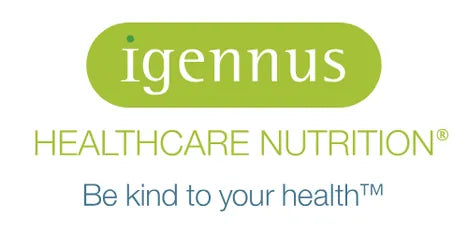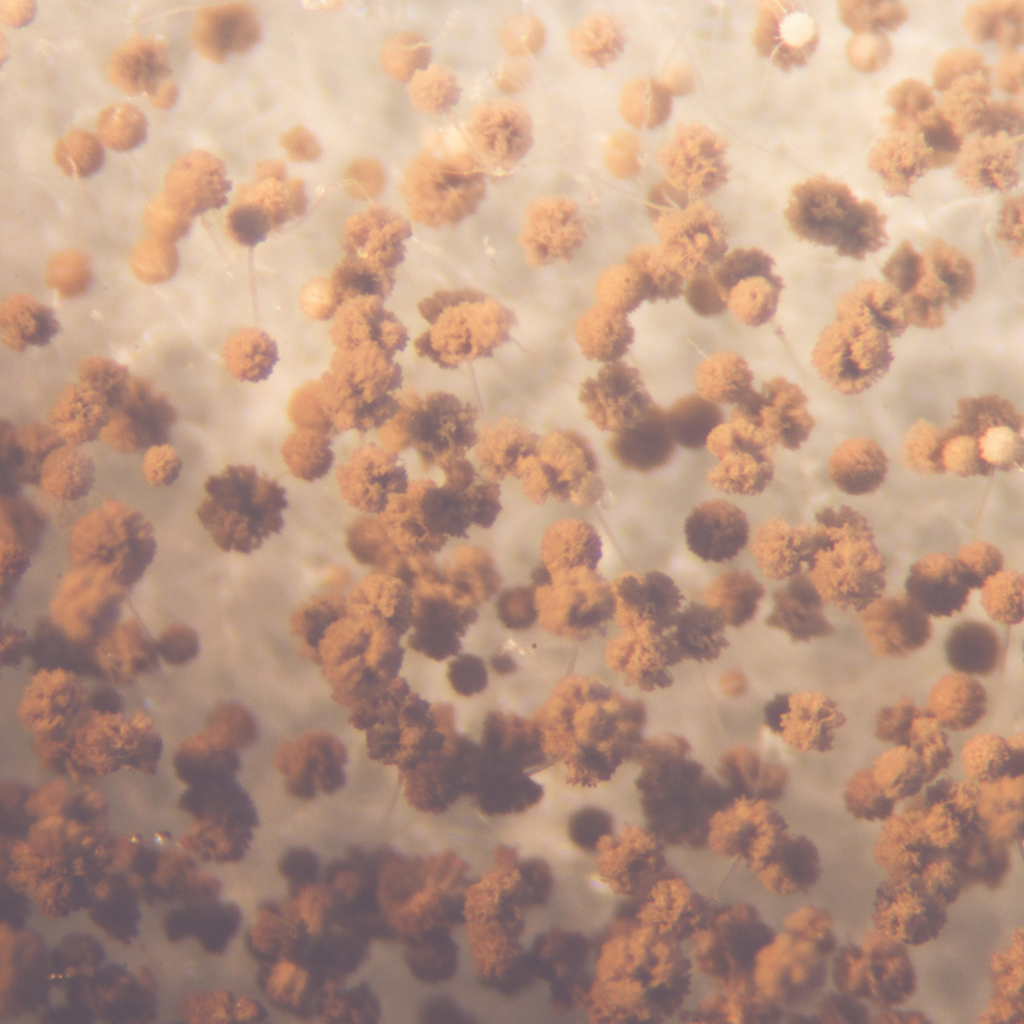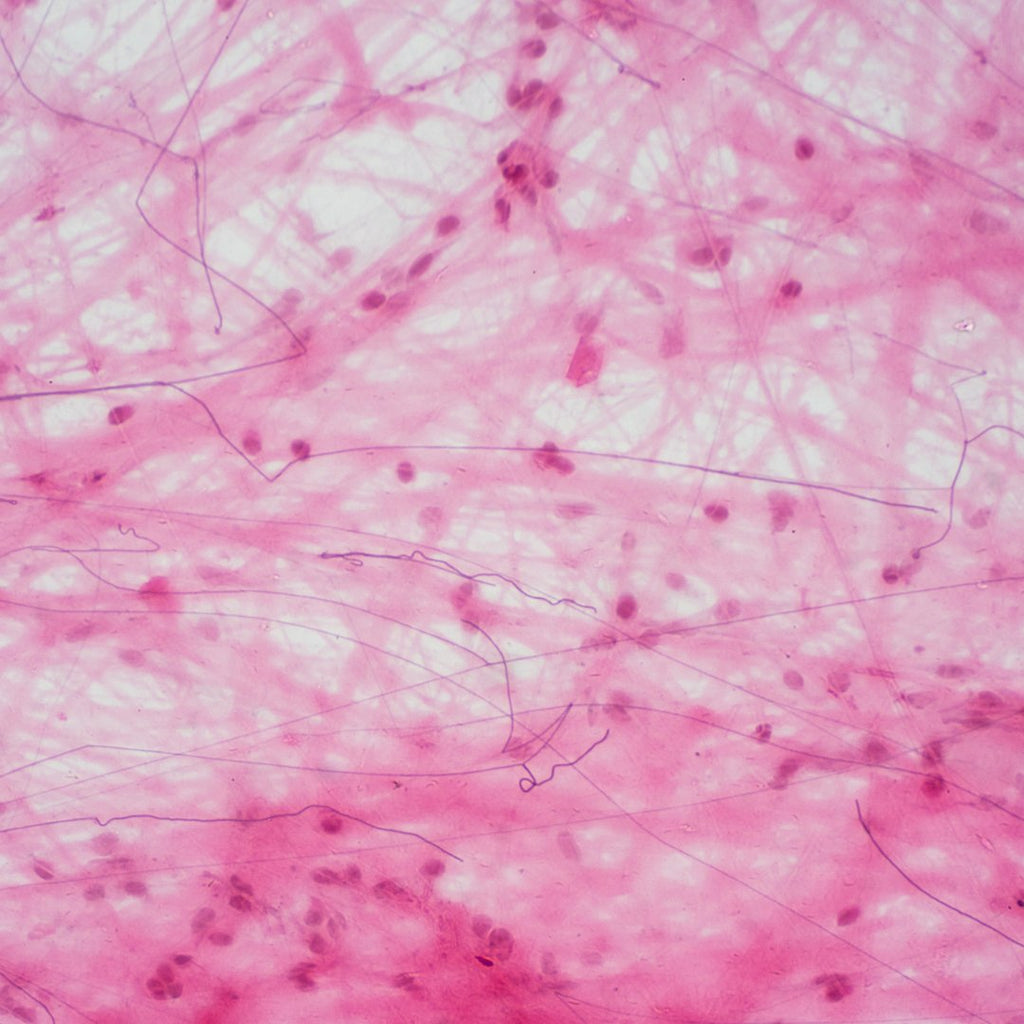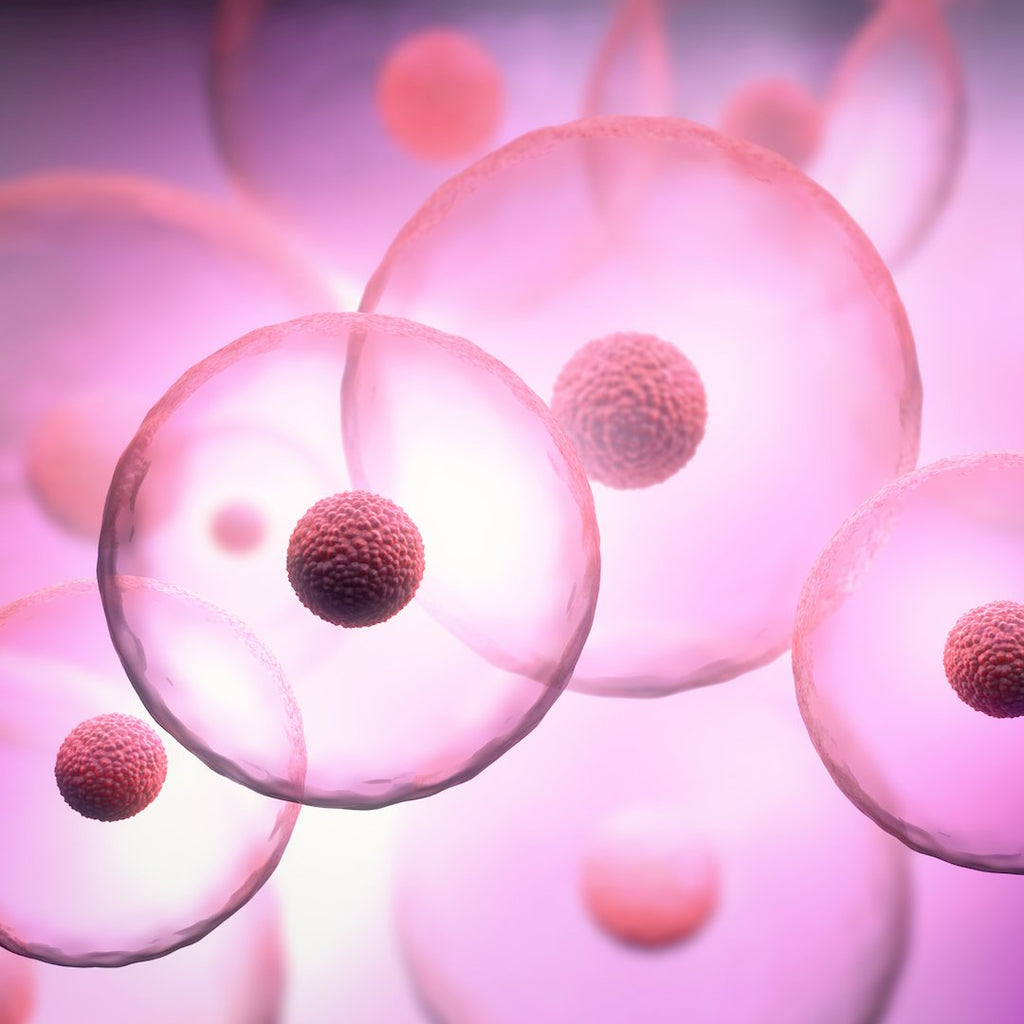With its broad range of (and often seemingly unrelated) symptoms, histamine intolerance often goes undetected during a standard consultation. As we look a little deeper into our client’s medication and lifestyle history and explore more about their current eating habits, the clues often come together, allowing us to offer a range of diet and lifestyle changes that can have a significant positive outcome on that individual’s quality of life.
Understanding histamine intolerance
Histamine can be synthesised endogenously or ingested via food and, in a healthy individual, is broken down on a regular basis by two enzymes: diamine oxidase (DAO) and histamine N-methyltransferase (HNMT). DAO is the main enzyme for the metabolism of ingested histamine (and hence stops histamine entering the circulation) while HNMT converts histamine via intracellular methylation. For some individuals, a reduced capacity to break down histamine results in a histamine excess and, given histamine’s multiple actions at multiple sites throughout the body, a range of unpleasant and often unrelated symptoms can arise.
Ingested histamine can become problematic in these cases, and sufferers often present with different tolerance levels and may react differently to different foods. If the client identifies ‘trigger’ foods such as fermented or highly processed products, it is more than likely that they have a high histamine load. Furthermore, meat and fish contain naturally high levels of the amino acid histidine which is converted to histamine by naturally-occurring bacteria. Eating spoiled, or leftover foods can also contribute to the histamine burden via similar mechanisms. Certain vegetables, such as tomatoes and spinach, are also identified as culprits as they are also high in histamine, with some fruits that are high in benzoates contributing to histamine intolerance via their ability to ‘release’ histamine.
As such, if histamine intolerance is suspected, we can learn a lot by asking a client to keep a relatively short food diary (even 2-3 days can be of value). In addition to a food diary, learning about the client’s exposure to chemicals and drugs can also provide insight. DAO activity can be reduced by a number of foods (blockers) and drugs (from standard NSAIDs to antidepressants) (Table 4), with diets low in the cofactors vitamin B6, magnesium and copper also known to exacerbate histamine intolerance symptoms by directly hindering DAO activity. The enzyme HNMT degrades histamine using the major methyl donor S-adenosylmethionine (SAMe) as a co-factor. It stands to reason that insufficient SAMe (or methylation cofactors such as vitamins B6, B12 and folate) may result in high levels of histamine and that high histamine can deplete SAMe, thereby reducing its availability for other methylation reactions. In addition, a number of SNPs in histamine-metabolising enzymes have been identified as factors that can predispose an individual to the condition. Interestingly, intolerance is often seen in individuals with pre-existing gastrointestinal disorders such as IBD, IBS, coeliac or SIBO, conditions associated either with poor barrier function, dysregulated gut microbiota diversity (as a consequence of antibiotic use, for example) or gut-associated inflammation, all of which can negatively impact on DAO activity. In the case of female clients, those who exhibit clear signs of oestrogen dominance may have histamine issues. Oestrogen excess down-regulates DAO, leading to elevated levels of histamine, which in turn then stimulates further oestrogen production.
Managing histamine intolerance
Reduce histamine burden
Adopting a low-histamine (and low-protein) diet has been shown to be a therapeutically useful, simple and cost-free tool to decrease symptoms and increase quality of life in individuals with histamine-related symptoms. Ensuring nutritional adequacy and compliance to a low-histamine diet can be challenging for some clients due to the potential severity of a restriction diet in terms of foods that need to be excluded. Relief from symptoms is usually experienced within 4-6 weeks.
SNP analysis?
Some practitioners may recommend genetic testing to identify predisposition; current evidence, however, suggests that it is unlikely that genetic variants alone would be wholly responsible for the development of intolerance and that the interplay of genetic and environmental factors is more likely. SNP analysis may therefore not offer as much value as testing for DAO activity, which can be conducted relatively cheaply and non-invasively via a simple home test such as provided by Medichecks.com. Testing DAO activity may be particularly useful when implementing a gut-healing protocol to improve DAO production.
DAO supplements
Though not available in the UK, DAO supplements (such as Daosin) can be purchased online and studies appear to support the reduction in histamine-related symptoms; however, DAO supplements increase DAO (and degrade histamine) specifically within the digestive tract and do not increase systemic DAO levels.
Heal the gut
As DAO is produced within the gut enterocyte, damage to the gut mucosa will disrupt normal DAO production (as well as digestive enzymes). A gut-healing protocol should be recommended as a priority in order to optimise gut barrier function and help restore normal enzyme function. Vitamins A and D3 are particularly important for mucosal health, alongside glutamine, prebiotics and probiotics. Dysbiosis (which often occurs as a result of poor dietary choices, high levels of stress coupled with overuse of NSAIDs and antibiotics) can disrupt the diversity of the gut microbiota, leading to an overgrowth of histamine-producing microbes (converting histidine from dietary protein). Probiotics can also shift immune activity to a more intracellular Th1 response rather than the extracellular Th2 response that characterises excessive histamine activity in allergy, asthma and autoimmune diseases.
Cofactors
When the body is low in B-vitamins, vitamin C and copper, histamine may not break down sufficiently to overcome symptoms of intolerance. Copper and vitamin C are crucial components of the DAO enzyme and B6 is a key cofactor that enables DAO to degrade histamine. Furthermore, B-vitamins are methylation co-factors required for HNMT activity. We would recommend supplementing with Pure & Essential Multivitamin & Minerals which provide essential vitamins & minerals in superior body-ready and active forms for enhanced absorption and utilisation. Our sustained slow-release system optimises blood nutrient levels for longer-lasting action.
Food-sourced anti-inflammatory agents
Polyphenols such as quercetin, grape seed extract, pycnogenol and curcumin alongside omega-3 EPA can be particularly useful to include in the diet. Polyphenols act directly on mast cells, reducing the release of histamine into the system and, alongside EPA, are potent anti-inflammatory nutrients acting synergistically to dampen the inflammatory response initiated by histamine. As standard curcumin has low bioavailability we’d recommend taking our optimised Longvida Curcumin, in combination with our Pharmepa RESTORE pure EPA.
Summary
Histamine intolerance affects around 1% of the population, making it likely that as practitioners we will come into contact with clients with some degree of histamine-associated health condition. Understanding the complexity of the condition and the factors that influence its progression can help in identifying those clients who may respond to an appropriate intervention. Identifying and removing the source of the problem is an important part of the process when managing histamine intolerance. In addition to a low histamine diet, the practitioner should focus on improving gut function and gut flora diversity, stabilising histamine release and accelerating histamine degradation via dietary and supplemental intervention. Such a multifaceted approach offers the client the best chance of symptom resolution.
References
Guida B, De Martino CD, De Martino SD, Tritto G, Patella V, Trio R, D’Agostino C, Pecoraro P, D’Agostino L. Histamine plasma levels and elimination diet in chronic idiopathic urticaria. Eur J Clin Nutr. 2000 Feb;54(2):155-8.
Joneja, J. V. & Carmona-Silva, C., 2001. Outcome of a histamine-restricted diet based on chart audit. Journal of Nutritional and Environmental Medicine, Volume 11, pp. 249-262.
Maintz, L. and Novak, N. Histamine and histamine intolerance. Am J Clin Nutr. 2007; 85: 1185–1196
Wagner N, Dirk D, Peveling-Oberhag A, Reese I, Rady-Pizarro U, Mitzel H, Staubach P. A Popular myth – low-histamine diet improves chronic spontaneous urticaria – fact or fiction? J Eur Acad Dermatol Venereol. 2017 Apr;31(4):650-655.






